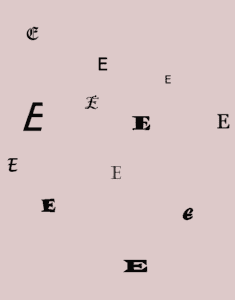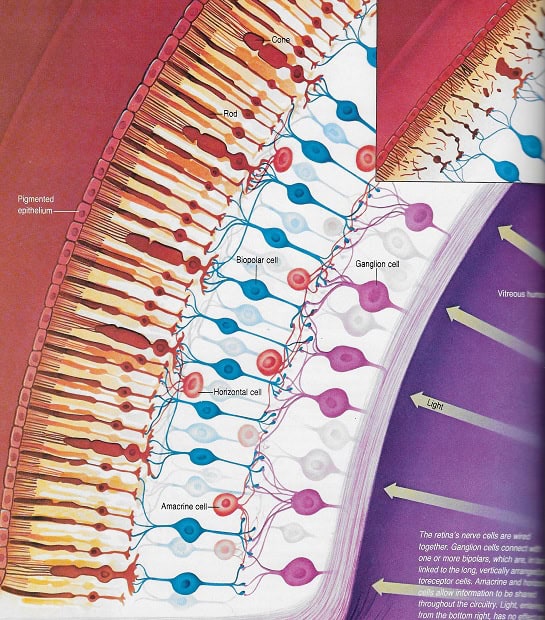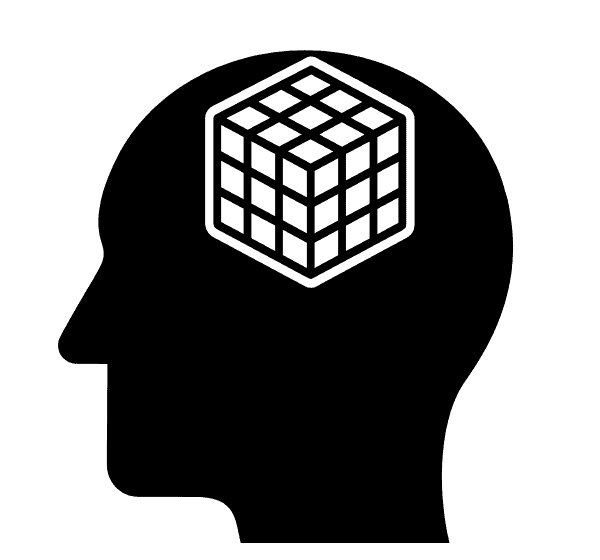Almost Matches in Thinking
We all recognize that thinking is an integral part of our existence, but the specifics of how we think remain a subject of lively debate. Here are some intriguing questions that arise:
- Cognitive Mechanisms:
- Does our brain operate like a complex network of logical circuits, producing thoughts that emerge into our conscious awareness?
- Alternatively, do thoughts occur in a language—our native tongue—or do all humans engage in a more abstract “mentalese” that transcends linguistic boundaries?
- Could visual imagery play a role in our thought processes?
- Content of Thought:
- What makes up the content of our thoughts? Is it limited to judgment, reasoning, problem-solving, hypothetical scenarios, and counterfactuals?
- How do conscious and unconscious thoughts differ? Are unconscious thoughts truly “thoughts” if we remain unaware of them?
Let’s shift our focus to the intriguing concept of “Almost Matches.” They play a significant role in both our logical and intuitive thinking.
Almost Matches
Almost matches occur when we compare concepts, ideas, patterns, or phenomena that don’t precisely match. Despite the differences, our minds perform a mental trick, treating them as equivalent or similar. Here are some examples to illustrate this phenomenon:
- Recognizing People:
- Imagine you encounter someone with a new haircut and different clothes. Despite these minor changes, you recognize them as the same person. This recognition relies on an almost match—your brain aligns the visual cues to the existing mental representation.
- Categorizing Vehicles:
- Suppose you see a vehicle on a tow truck—a mangled chassis, missing tires, and broken windows. Despite its far-from-showroom appearance, you still categorize it as a “car.”
- Why? Because essential features (such as the basic shape, wheels, and overall structure) trigger an almost match with your mental concept of a car.
- Abstract Concepts: The Letter “E”:
- Consider the letter “E.” We encounter it in different fonts, sizes, and styles—yet our brain treats all variations as the same letter. Whether it’s a bold E, a cursive E, or an E in a quirky font, our mental representation remains consistent.
- This ability to generalize across diverse appearances demonstrates the power of almost matches.

Almost matching isn’t a conscious decision we control; it emerges from our brain’s neural architecture. When we encounter similar concepts, our neural circuits perform a rapid count of matching features. This automatic process allows us to recognize patterns and make connections effortlessly.
Almost Gates develops the neural explanation of the Almost Matches. These neural mechanisms facilitate the comparison of incoming information with existing mental representations. Almost Gates tally the number of shared features between concepts, leading to the recognition of similarity even when exact matches are absent.

An intriguing side effect of almost matches is the removal of extraneous detail. Our brain abstracts the concept, focusing on essential features.
This abstraction allows us to generalize across variations, whether in people’s appearances, abstract symbols, or other phenomena.
As we engage in higher-level thinking, almost matches occur repeatedly. They help us build complex mental structures and navigate the intricacies of cognition.
Concepts and Patterns
Patterns are essentially concepts that embody a collection of characteristics. Take, for instance, the previously mentioned car. It possesses numerous features related to its functionality and capabilities, all of which collectively define the concept of ‘car.’ When a tangible object exhibits a sufficient number of these car-related features, it is identified as a car. Even if there’s not a perfect match, our minds still recognize it as a car—perhaps with qualifiers like ‘damaged’ or ‘wrecked’ if it’s seen on a tow truck.
You might wonder why this matters. To illustrate further, let’s consider a more nuanced example involving the car. Suppose you notice a vehicle that shares the same model and color as your child’s car. This observation triggers the ‘car’ pattern in your mind, which then becomes linked to thoughts of your child.
Association
Patterns can be interconnected. Consider the example of a crashed car and your child. These are distinct patterns, but there’s an overlap: part of your child’s pattern includes the car they drive. As a result, when you think of your child, the crashed car pattern can also come to mind. However, this association can sometimes be misleading. For instance, if you immediately call your child’s cellphone and find out they haven’t been in an accident, the initial association was false, and you can disregard it. Such potentially untrue associations are a significant limitation of almost matching patterns.
Thoughts Origins
We draw upon three primary sources of thought: our sensory experiences, logical reasoning, and associated patterns.
When faced with danger, our instinct is to react swiftly. Conversely, when presented with an opportunity, we seek to capitalize on it promptly.
However, in situations where neither condition applies, we have two distinct approaches. First, we can follow logical conclusions based on our existing understanding, aiming to satisfy our needs, desires, and ease fears. Second, we can explore associations that may reveal actions overlooked by rigorous logic. This latter approach carries the risk of failure due to disregarding specific details and relying on potentially false associations.
Fortunately, our brains have evolved to exchange information between these two modes of thought. This dynamic interplay occurs repeatedly—from sensory perception to executive decision-making—across the neural structure, specifically through the corpus callosum.
Conclusion
Consider a scenario where our thinking demanded exact matches. In such a rigid framework, categorization would become nearly impossible. And then, what would our highly prized logic have to operate upon?
Enter ‘almost matches.’ These play a pivotal role in the generative aspect of our thoughts by simplifying complexity. They are integral to induction, creativity, insight, and common sense.
Additional Information
Almost Gate An explanation of neurological properties that lead to almost matches.
Almost Gate Implications for Individuals The differences between people use of Almost Matches.
Patterns Named and unnamed patterns.
Corpus Callosum The essential connector uniting the brain.
Association from Abstraction Level of abstraction arising natural in neural pathways.
Creativity’s Neural Source Scientific examples of Almost Matches leading to advances.


